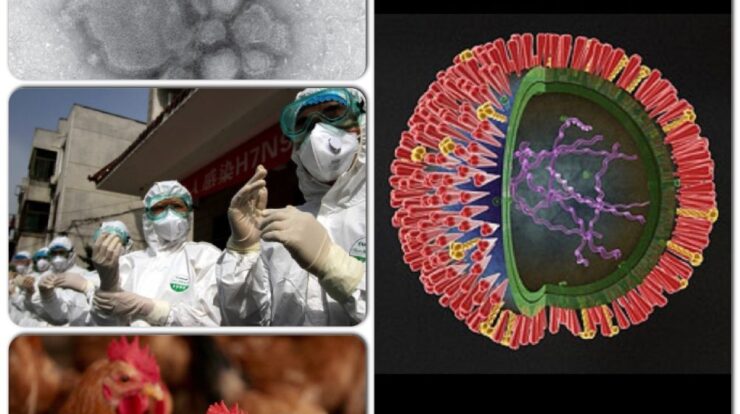
H7N9, a subtype of the influenza A virus, has emerged as a significant public health concern. This virus, primarily affecting poultry, has the potential to infect humans and cause severe respiratory illness. Understanding H7N9’s characteristics, transmission, and preventive measures is crucial for mitigating its impact.
Since its initial detection in 2013, H7N9 has caused sporadic outbreaks in several countries, particularly in Asia. The virus has exhibited varying degrees of virulence, with some strains causing mild symptoms while others have led to severe respiratory distress and even death.
H7N9 Overview
H7N9 is a subtype of influenza A virus that primarily infects birds. However, it has the potential to cause severe respiratory illness in humans.
H7N9 was first identified in China in 2013 and has since caused sporadic outbreaks in humans. The virus is classified as a highly pathogenic avian influenza (HPAI) virus, meaning it can cause severe disease and high mortality in birds.
Outbreaks of H7N9 in humans have occurred mainly in China, but cases have also been reported in other countries, including Hong Kong, Taiwan, Canada, and the United States.
Timeline of Significant Events Related to H7N9
- 2013: First cases of H7N9 in humans reported in China
- 2014: Large outbreak of H7N9 in China, with over 150 cases and 60 deaths
- 2015: Smaller outbreaks of H7N9 reported in China and other countries
- 2016: No reported cases of H7N9 in humans
- 2017: Sporadic cases of H7N9 reported in China
- 2018: Small outbreak of H7N9 reported in China
- 2019: No reported cases of H7N9 in humans
- 2020: Sporadic cases of H7N9 reported in China
Geographical Data on H7N9 Outbreaks
The majority of H7N9 outbreaks in humans have occurred in China. However, cases have also been reported in other countries, including:
- Hong Kong
- Taiwan
- Canada
- United States
The virus has been found in poultry in many other countries, but human cases have been limited to the regions mentioned above.
H7N9 Transmission and Symptoms
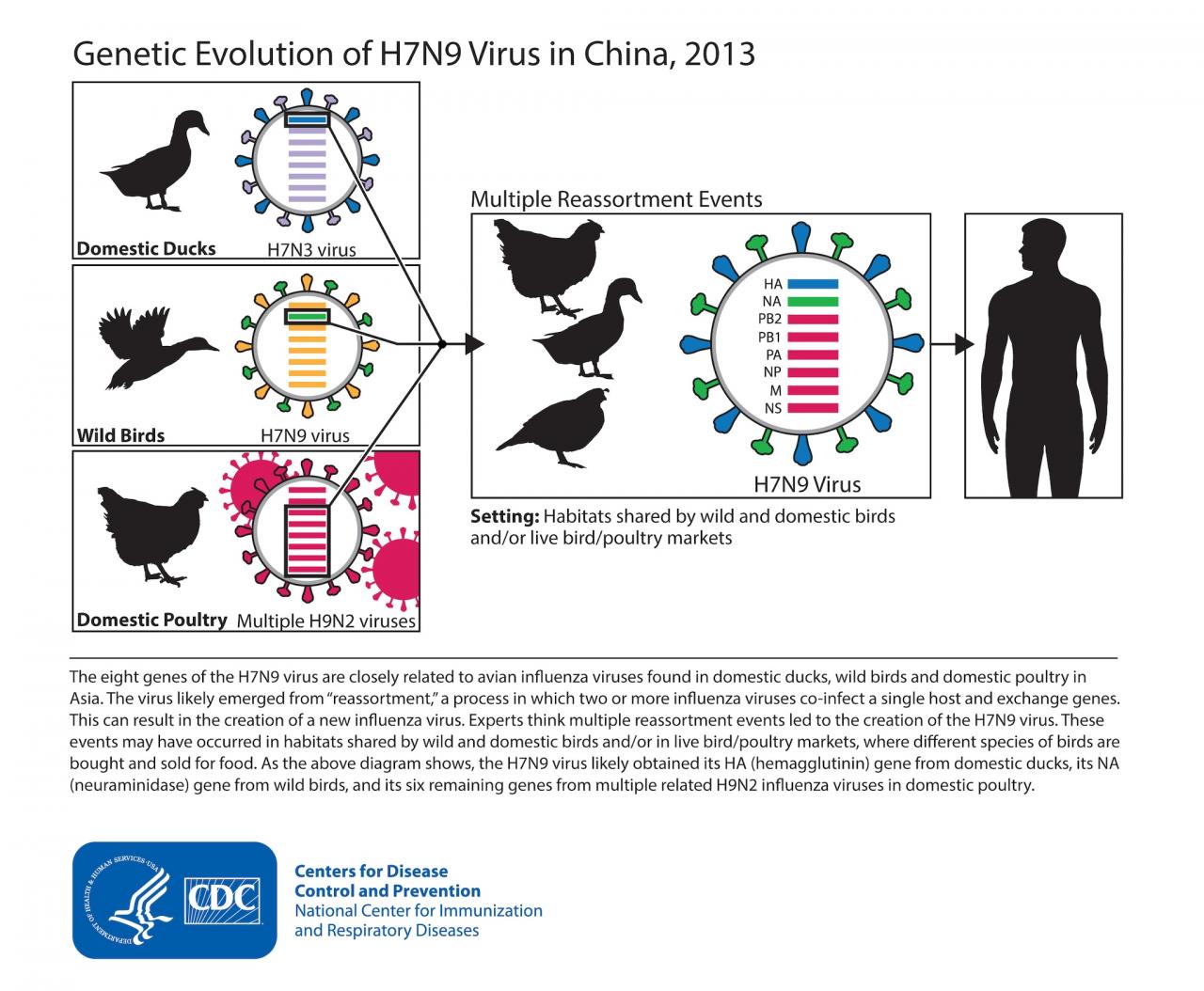
H7N9 is primarily transmitted to humans through contact with infected birds or their feces. The virus can also be spread through contact with contaminated surfaces or objects.
The incubation period for H7N9 is typically 2-7 days. Symptoms of H7N9 infection can range from mild to severe and may include:
- Fever
- Cough
- Sore throat
- Muscle aches
- Headache
- Fatigue
- Shortness of breath
- Pneumonia
- Acute respiratory distress syndrome (ARDS)
In severe cases, H7N9 infection can lead to death.
H7N9 Diagnosis and Treatment
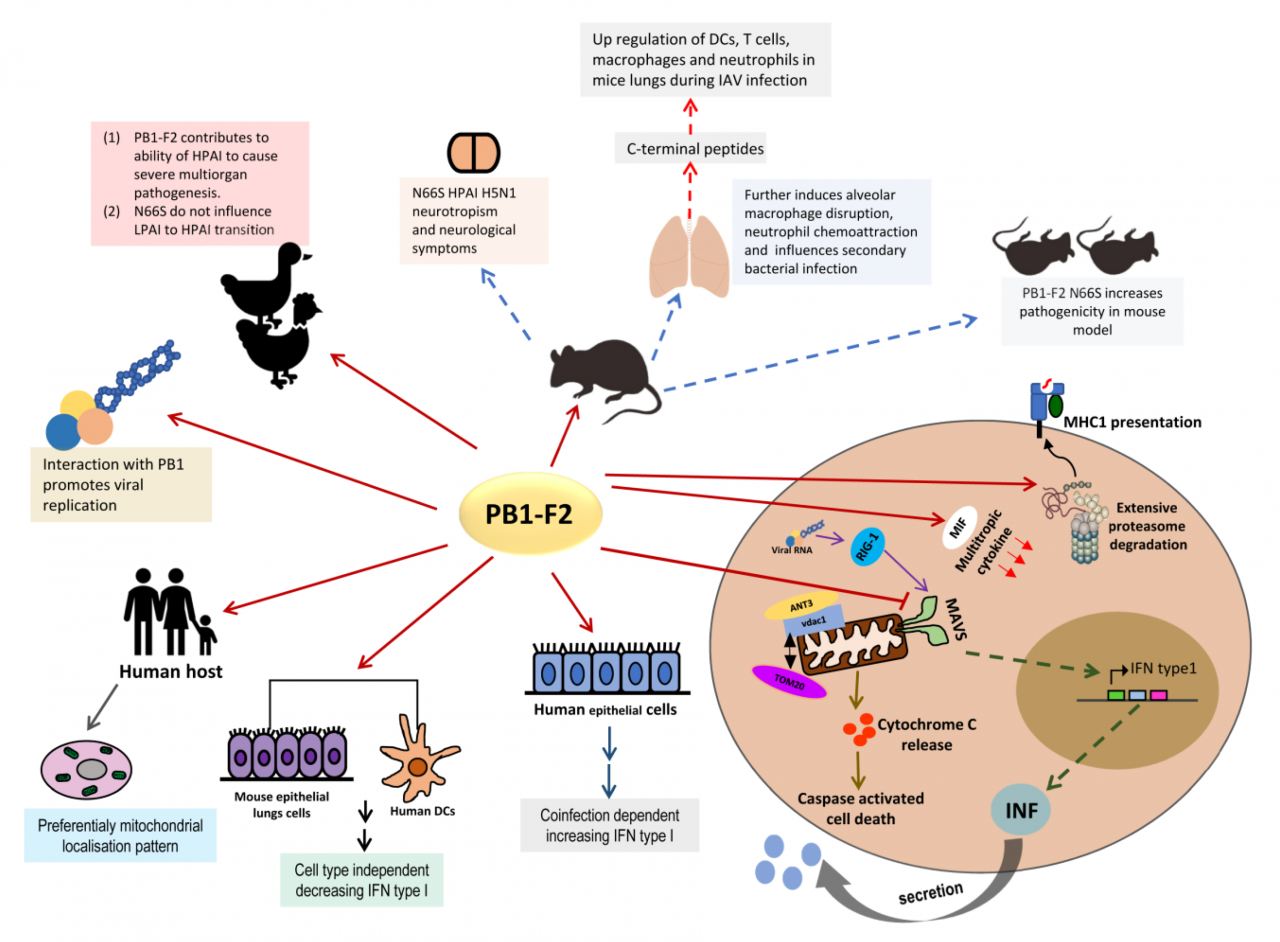
H7N9 infection is diagnosed based on symptoms and a laboratory test that detects the virus. The most common laboratory test used to diagnose H7N9 is the real-time reverse transcription polymerase chain reaction (rRT-PCR) test.
There is no specific antiviral treatment for H7N9. However, oseltamivir and zanamivir, which are antiviral medications used to treat influenza, may be effective in treating H7N9 infection.
Treatment for H7N9 infection typically involves supportive care, such as providing oxygen and fluids, and managing complications.
H7N9 Prevention and Control
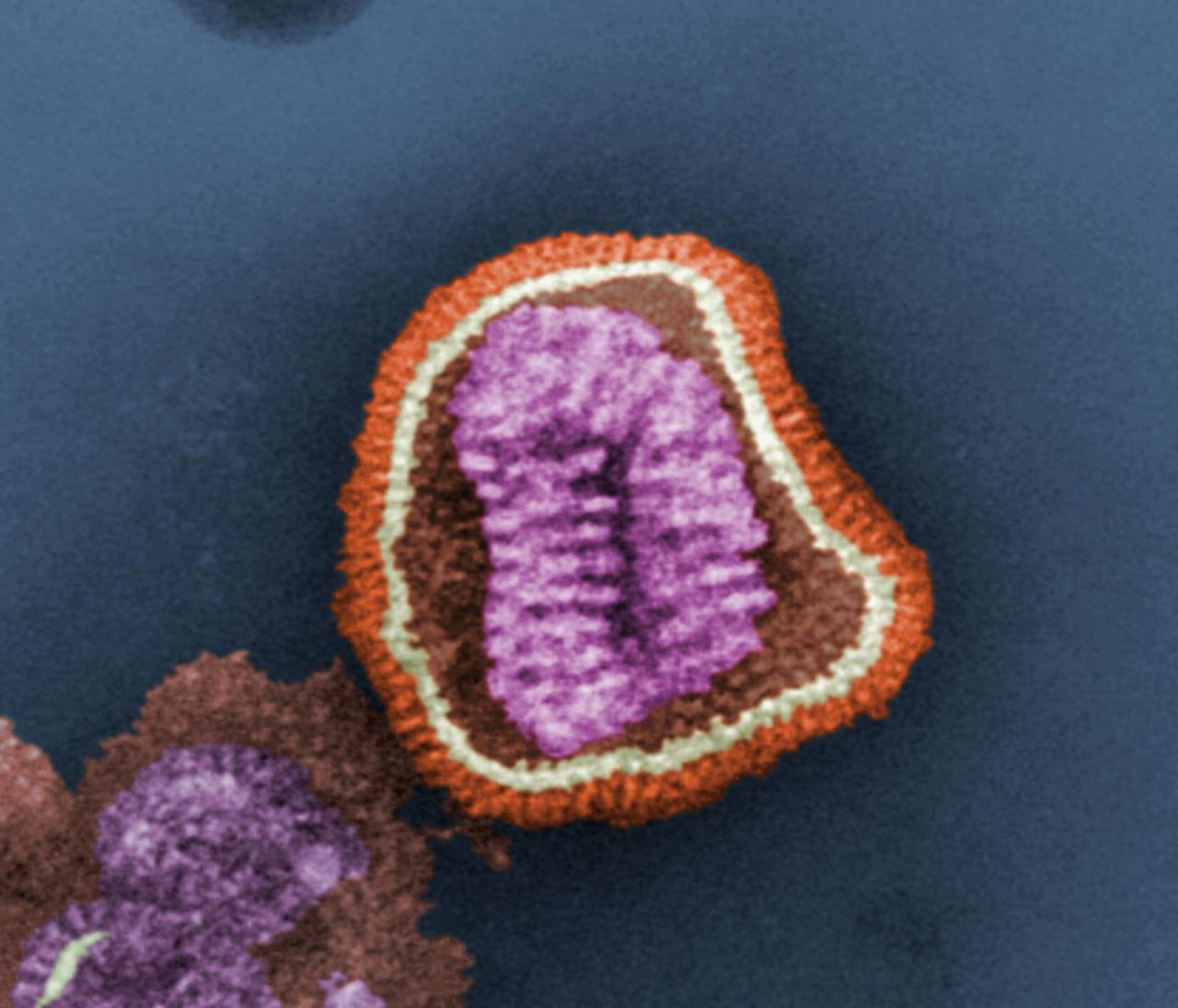
There are several recommended preventive measures for H7N9, including:
- Avoiding contact with infected birds or their feces
- Washing hands frequently with soap and water
- Avoiding touching the eyes, nose, or mouth
- Staying home when sick
- Getting vaccinated against influenza
Surveillance and early detection are also important in controlling H7N9 outbreaks. Public health officials monitor for cases of H7N9 infection and work to identify and isolate infected individuals.
International collaboration is also essential in preventing and controlling H7N9 outbreaks. Countries share information about outbreaks and work together to develop and implement control measures.
H7N9 Research and Development
Ongoing research on H7N9 is focused on developing vaccines and therapeutics to prevent and treat infection.
Several vaccines for H7N9 have been developed and are undergoing clinical trials. These vaccines aim to protect individuals from infection or to reduce the severity of illness if infected.
Research is also ongoing to develop new antiviral medications that are effective against H7N9.
In addition, researchers are working to better understand the transmission and pathogenesis of H7N9. This research will help to inform public health measures to prevent and control outbreaks.
Ultimate Conclusion
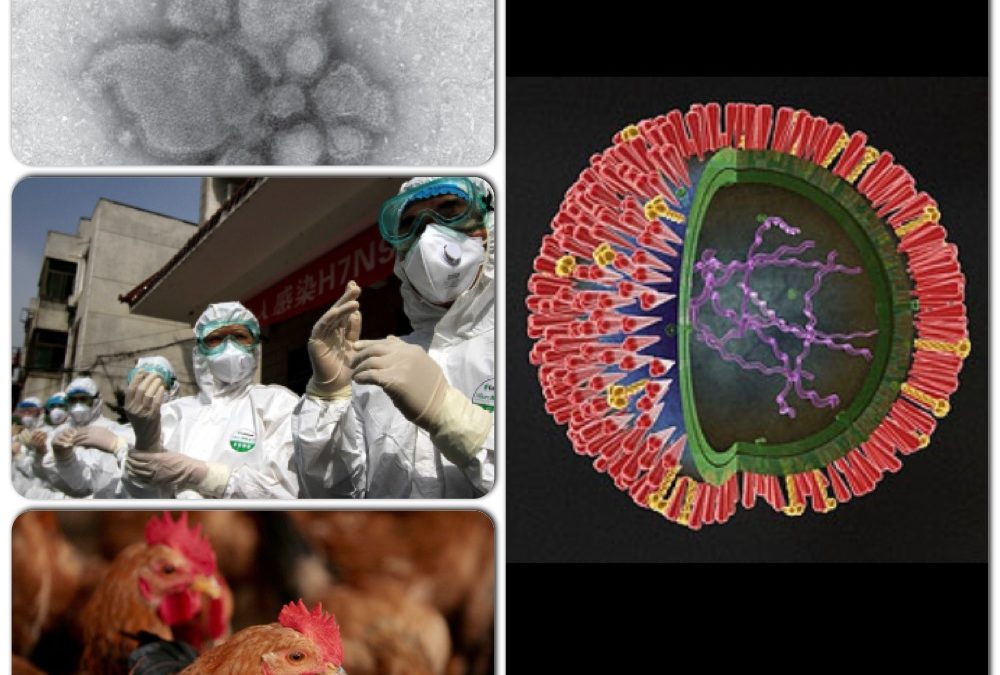
Ongoing research on H7N9 is vital for developing effective vaccines and therapeutics to combat this virus. International collaboration and surveillance remain essential in monitoring the spread of H7N9 and preventing future outbreaks. By staying informed and adhering to preventive measures, individuals can play a significant role in minimizing the impact of this emerging avian influenza virus.





